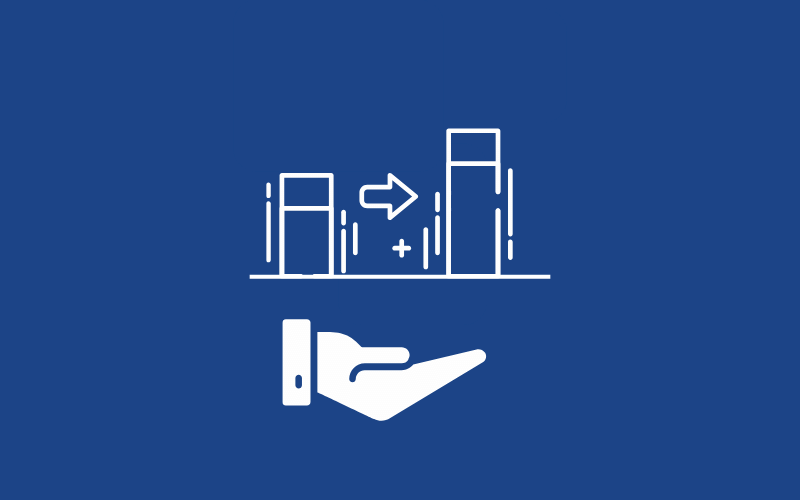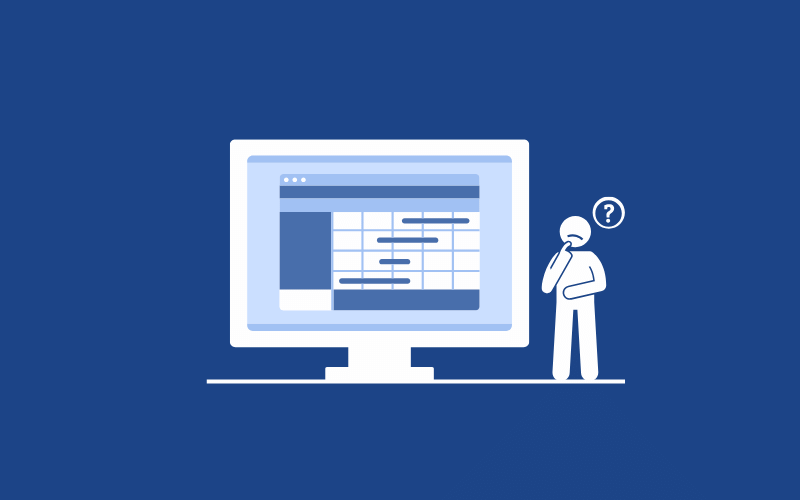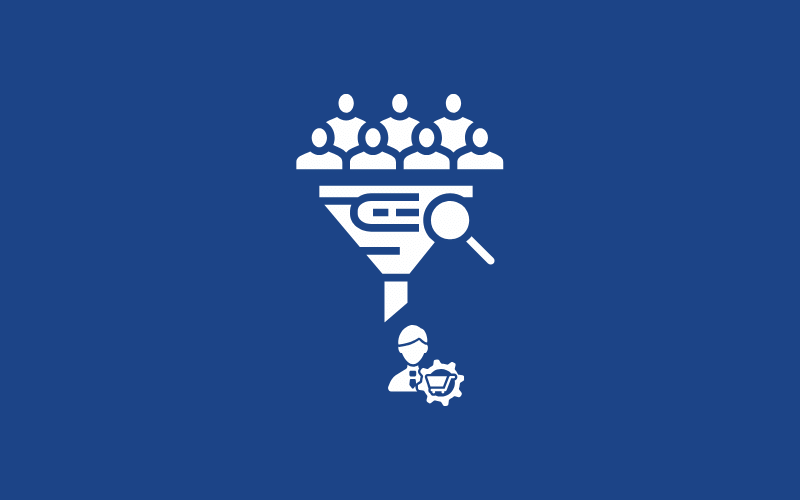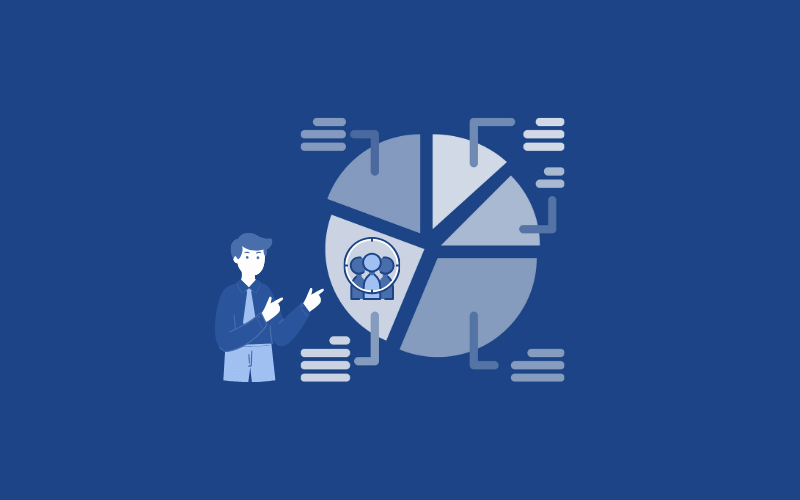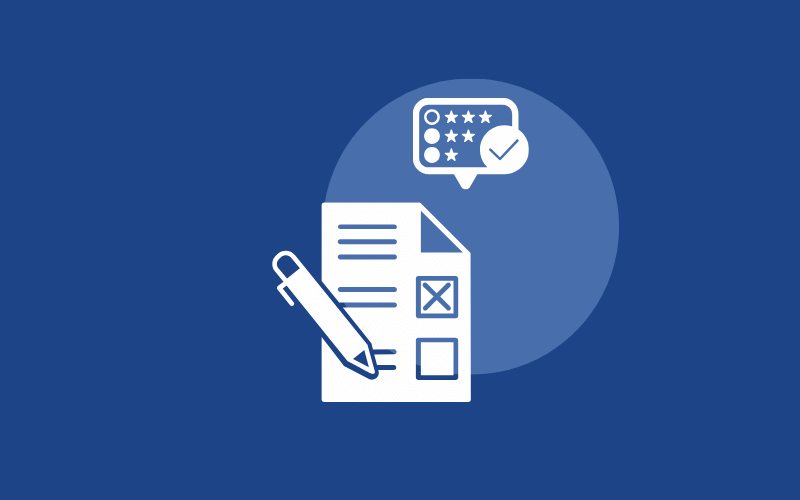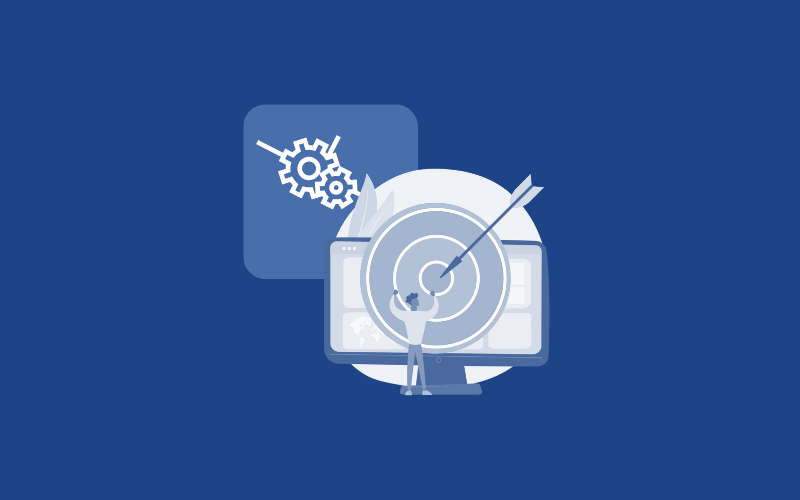Introduction In today’s competitive digital landscape, understanding your target audience is crucial for any business striving to succeed. Audience segmentation tools play a pivotal role in helping businesses identify and target specific groups of consumers. By dividing your audience into distinct segments based on their characteristics, preferences, and behaviors, you can create tailored marketing strategies that resonate with each segment. In this article, we will explore the concept of audience segmentation tools and delve into their significance in driving marketing success. What Are Audience Segmentation Tools? Audience segmentation tools are software applications or platforms that enable businesses to categorize their target audience into distinct segments based on various criteria. These tools utilize advanced algorithms and data analysis techniques to identify patterns and trends within a larger audience dataset. By employing audience segmentation tools, businesses can gain valuable insights into their customers’ demographics, psychographics, buying behaviors, and preferences. The Benefits of Audience Segmentation Tools 1. Enhanced Marketing Personalization By dividing your audience into segments, you can tailor your marketing messages and content to specific groups. Audience segmentation tools enable you to understand the unique needs and preferences of each segment, allowing you to deliver personalized experiences that resonate with your customers. Personalization leads to higher engagement, increased conversions, and improved customer satisfaction. 2. Improved Targeting and Acquisition Understanding your audience segments enables you to optimize your marketing efforts and target the right customers effectively. Audience segmentation tools provide valuable data and insights that help you identify the most profitable segments for your business. By focusing your resources on these segments, you can allocate your marketing budget more efficiently, resulting in higher conversion rates and improved customer acquisition. 3. Enhanced Customer Retention Segmentation tools not only assist in acquiring new customers but also play a crucial role in retaining existing ones. By understanding the unique characteristics and preferences of different audience segments, you can develop targeted retention strategies. These strategies can include personalized loyalty programs, exclusive offers, and tailored communication channels, fostering stronger relationships with your customers and increasing their loyalty to your brand. 4. Precise Product Development Audience segmentation tools enable businesses to gain insights into their customers’ needs, pain points, and preferences. This information can be invaluable when developing new products or enhancing existing ones. By understanding the specific requirements of each audience segment, you can tailor your product offerings to meet their expectations, increasing the likelihood of success in the market. The Process of Audience Segmentation 1. Data Collection The first step in audience segmentation involves collecting relevant data about your target audience. This data can include demographics (age, gender, location), psychographics (values, interests, lifestyle), purchase history, online behavior, and more. Audience segmentation tools often integrate with customer relationship management (CRM) systems and other data sources to gather comprehensive customer information. 2. Data Analysis Once the data is collected, it is time to analyze it using audience segmentation tools. These tools employ advanced algorithms to identify patterns, clusters, and correlations within the dataset. By grouping similar customers together based on their shared characteristics and behaviors, the tools create distinct audience segments. 3. Segment Creation Based on the analysis, audience segments are created. Each segment represents a distinct group of customers who share common traits or behaviors. For example, a clothing retailer may create segments based on age groups, such as “Millennials,” “Generation X,” and “Baby Boomers.” The number and composition of segments depend on the goals and characteristics of your business. 4. Targeted Marketing Strategies Once the segments are defined, businesses can develop targeted marketing strategies for each segment. These strategies involve creating personalized messages, offers, and experiences that cater to the specific needs and preferences of each segment. By delivering relevant content to each audience segment, businesses can maximize the effectiveness of their marketing efforts. Frequently Asked Questions FAQ 1: What are the key benefits of using audience segmentation tools? Audience segmentation tools offer several benefits, including enhanced marketing personalization, improved targeting and acquisition, enhanced customer retention, and precise product development. These tools provide valuable insights that enable businesses to understand their customers better and deliver tailored experiences. FAQ 2: How can audience segmentation tools improve marketing personalization? By utilizing audience segmentation tools, businesses can gain a deep understanding of their customers’ characteristics, behaviors, and preferences. This knowledge allows them to deliver personalized marketing messages, content, and experiences that resonate with each audience segment, resulting in higher engagement and improved conversion rates. FAQ 3: Can audience segmentation tools help businesses acquire new customers? Yes, audience segmentation tools play a crucial role in customer acquisition. By identifying the most profitable audience segments, businesses can allocate their resources more efficiently and target the right customers effectively. This targeted approach increases the chances of acquiring new customers and maximizing the return on marketing investment. FAQ 4: Are audience segmentation tools only beneficial for large businesses? No, audience segmentation tools are beneficial for businesses of all sizes. Whether you are a small startup or a large corporation, understanding your target audience is essential for success. Audience segmentation tools enable businesses to gain insights into their customers’ preferences and behaviors, regardless of their scale or industry. FAQ 5: How often should businesses update their audience segments? Audience segments should be regularly reviewed and updated to ensure their relevance. As consumer behaviors and preferences evolve, businesses need to stay up-to-date to maintain effective targeting. By continuously analyzing and refining audience segments, businesses can adapt their marketing strategies and stay ahead of the competition. FAQ 6: Can audience segmentation tools integrate with other marketing platforms? Yes, many audience segmentation tools integrate seamlessly with other marketing platforms and systems. Integration with customer relationship management (CRM) systems, email marketing software, and advertising platforms allows businesses to leverage the insights gained from audience segmentation and implement targeted marketing campaigns across multiple channels. Conclusion Audience segmentation tools are indispensable for businesses aiming to thrive in today’s competitive marketplace. By leveraging these tools, businesses can gain deep insights into their customers’ characteristics, behaviors, and preferences. The ability to identify …
Audience Segmentation Tools: A Comprehensive Guide to Effective Targeting Read More »


